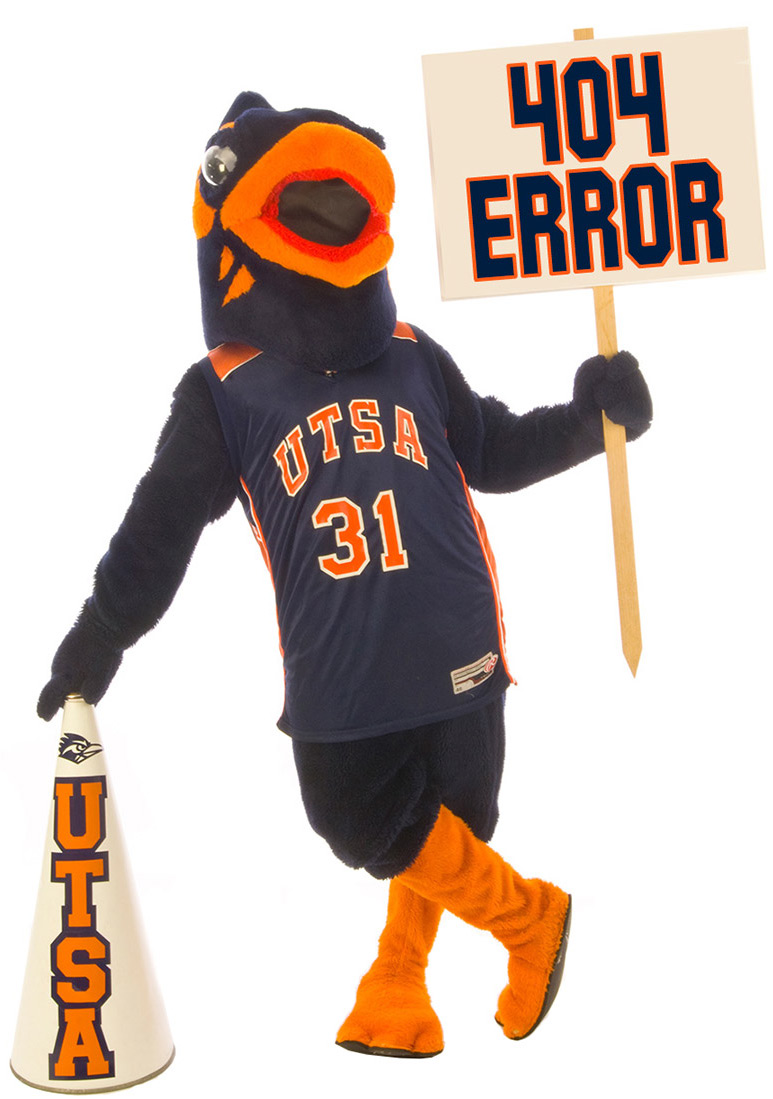
PAGE NOT FOUND
The page or file you were looking for may have been moved or is not available because of:
- An out-of-date bookmark, or
- A search engine which needs to be updated, or
- A mistyped address.
Find a broken link?
UTSA Faculty, staff, and students: Please submit a ticket via ServiceNow .
or please send an email to ResearchIT@utsa.edu and let us know the address of the page and we'll fix it. Your assistance is greatly appreciated!
Visit our home page
The UTSA Research home page is a great place to start looking for information on the Web. From there you can find people, departments, programs, on-campus activities, publications, and much more.

